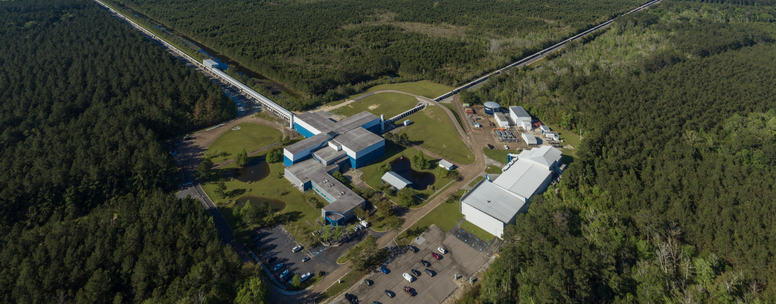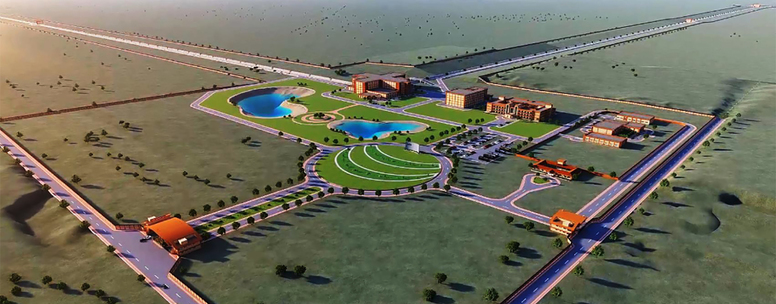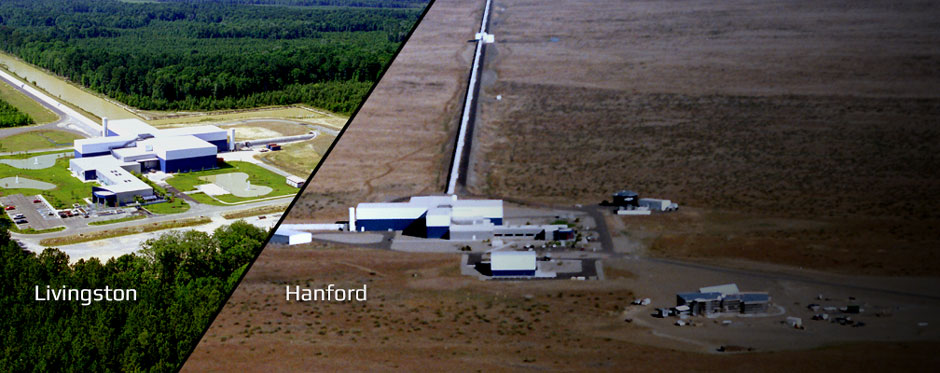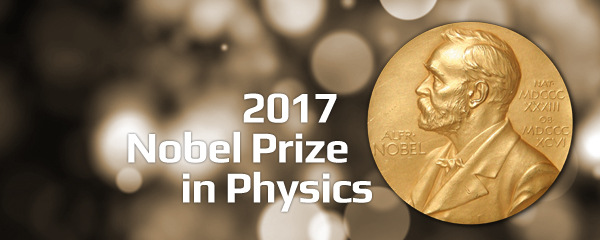LIGO – Virgo – KAGRA Complete Fourth Observing Run
News Release • November 18, 2025
Pair of Distinct Black Hole Mergers Sheds New Light on Nature of Their Formation and Evolution
News Release • October 28, 2025
Artificial Intelligence Helps Boost LIGO
News Release • September 8, 2025
LIGO Laboratory mourns the passing of Prof. Rainer Weiss of MIT, one of the founders of LIGO
News Release • August 27, 2025
GWTC-4.0: Updated Gravitational-Wave Catalog Released
News Release • August 26, 2025


























